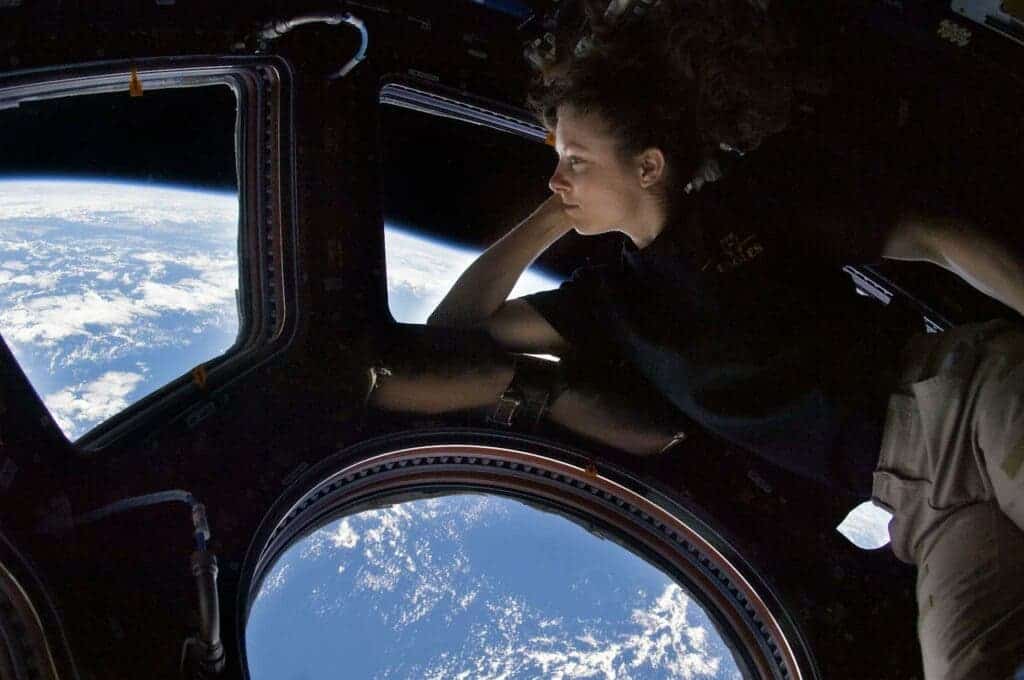A long-duration excursion into space can alter some of the structures in our brains, according to new research.

All along the veins and arteries that snake in your brain right now, there are tiny, fluid-filled spaces. These, known as perivascular (‘around vascularization’) spaces, have a big part to play in keeping our brains in working order. Cerebrospinal fluid flows throughout these spaces, helping to flush away the chemical by-products of our brains being active.
Spending long periods of time in space will alter the size of these empty spaces, new research finds, which could impact the cognitive abilities and brain functionalities of humans sent out to explore in low- or zero-gravity.
Space brain
“These findings have important implications as we continue space exploration,” said senior author Juan Piantino, M.D., assistant professor of pediatrics (neurology) in the OHSU School of Medicine. “It also forces you to think about some basic fundamental questions of science and how life evolved here on Earth.”
The researchers looked at the brains of 15 astronauts taken before and after they served extended tours of duty on the International Space Station. Snapshots of their brains were recorded using magnetic resonance imaging (MRI), a method that allowed the team to measure the perivascular spaces of these astronauts. The measurements taken before they spent time in orbit served as the baseline against which the size of the perivascular spaces after going to space was compared. Further MRI measurements were taken one, three, and six months after the spacefarers returned to Earth.
Throughout the experiment, the astronauts’ imaging was compared to data recorded on 16 control subjects that had not left Earth.
Based on this data, the authors report seeing an increase of the perivascular spaces in the brains of astronauts after returning from their first mission in space. Veteran astronauts (those on their second or more mission) did not show any difference in the size of their brain perivascular spaces after returning from their missions (compared to pre-mission measurements).
“Experienced astronauts may have reached some kind of homeostasis,” Piantino said.
The team reports finding no problems with the astronauts’ balance or visual changes that might point to neurological deficits caused by changes in perivascular space volume. Human physiology evolved over millions of years, but always under the effect of the Earth’s gravitational pull — as such, it is tailored to function specifically in the context of this constant force.
“We all adapted to use gravity in our favor,” Piantino said. “Nature didn’t put our brains in our feet — it put them high up. Once you remove gravity from the equation, what does that do to human physiology?”
The flow of cerebrospinal fluid through our brains is designed to work in the context of this gravity as well. So far, it was unknown how changes incurred by low- or zero-gravity to the perivascular spaces of our brains impacts this flow. These spaces are a key element of the brain’s glymphatic system, a brain-wide network of channels that helps clear our metabolic (by-product) proteins from across the organ to prevent them from clogging everything up. Enlargement of these spaces occurs as we age, and also has been associated with the development of dementia.
The results help further our understanding of how life in the low gravity of space impacts the structures of our brain. However, they could also show value in helping us better diagnose and treat Earth-bound disorders involving cerebrospinal fluid, such as hydrocephalus.
The paper “Longitudinal MRI-visible perivascular space (PVS) changes with long-duration spaceflight” has been published in the journal Scientific Reports.


